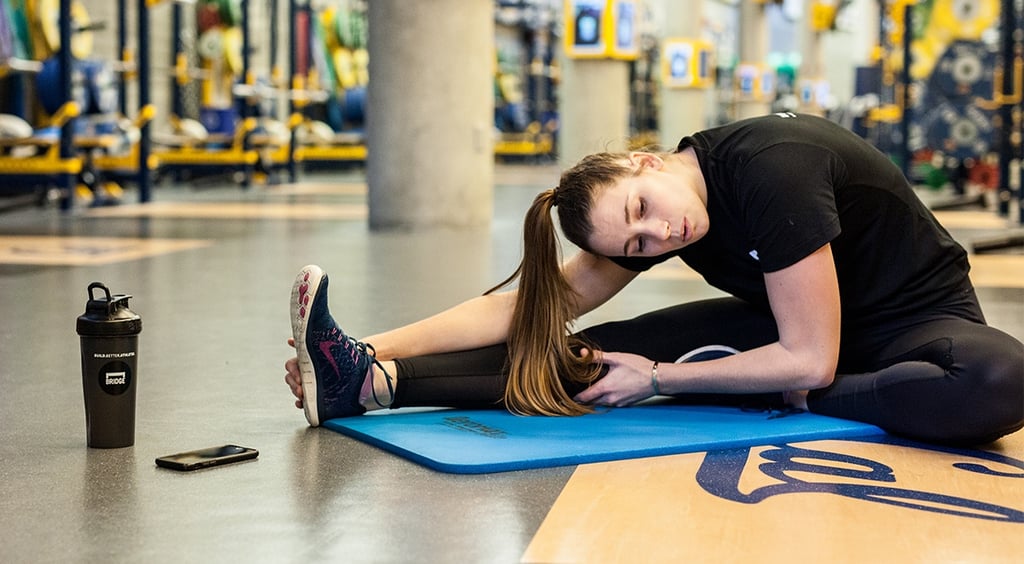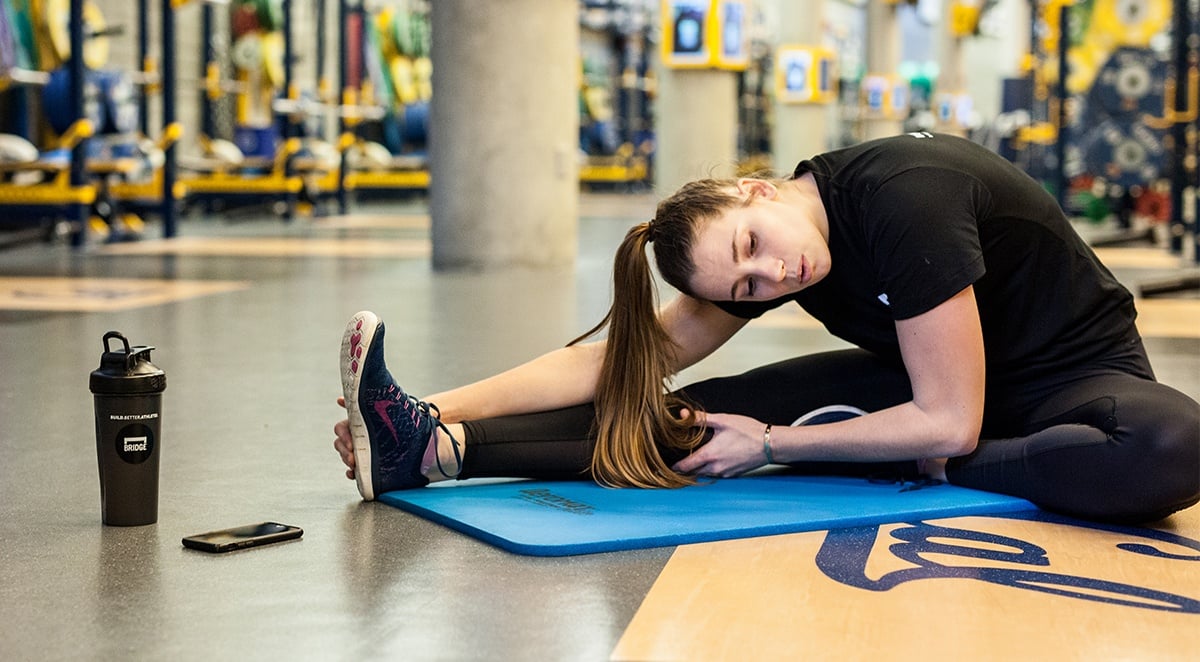5 Ways to Accelerate Recovery

Athletes are regularly pushing their body to the limit with intense training and competition. After practice athletes must re-fuel their body and incorporate a variety of recovery methods. Below is a list of five specific recovery tips that athletes can do in their daily routine that will help accelerate recovery and enhance athletic training.
1. Sleep More
Sleep plays a large role in athletic training and performance. Athletes should try to get 8-10 hours of sleep a night and avoid watching television or interacting with a phone or computer screen before bed. Sleep is a key time for the body to undergo protein synthesis and develop muscle tissue. When athletes receive high quality and quantity of sleep they wake up feeling more restored from the previous day’s training and are ready to hit the ground running. If athletes do not get adequate sleep, their quick decision making will be less accurate and overall performance will decline.
2. Eat Protein Pre- and Post-Workout
Athletes need a combination of protein and carbohydrates to get through lengthy workouts. Consuming protein before practice can supply the body with necessary amino acids that stimulate protein synthesis in the muscles that will be engaged during athletic training. Protein synthesis also occurs after practice and athletes should refuel properly with more protein after training to help their bodies recover. Carbohydrates act as the main source of energy, so athletes should eat protein and carbohydrates both pre- and post-workout. To learn more about post-workout nutrition check out this article.
3. Try Compression Garments
Some athletes opt for compression pants to help accelerate the recovery process. Research shows that these tight garments can accelerate lactate clearance from the muscle tissue and reduce heart rate following high-intensity exercise. These garments can be handy during competition season as well, when quick recovery between morning and evening sessions of a meet is critical.
4. Get on the Foam Roller
Muscles may feel exceptionally tight the day after a strength training session. A lot of this tightness can be attributed to tangled muscle and fascia tissue. Rolling out on a foam roller can apply pressure to knotted areas and help release the muscle from the layer of fascia, thereby boosting circulation and helping athletes increase their range of motion. Foam rolling is an easy and effective recovery method.
5. Try a Power Nap
Research suggests that taking a quick 10-20 minute nap can be extremely beneficial for tired athletes. Daytime naps enhance motor memories which is extremely important in athletic training when players are trying to learn a new skill or technique. Other benefits include improved alertness and performance. To learn about how sleep deprivation can affect athletic training check out this article.
Recap
Recovery is an extremely important component of athletic training. Without spending time recovering, athletes are not able to perform at the highest level. To learn about more customized recovery check out these articles about recovery tips for high school and club athletes, collegiate athletes, and professional athletes.
About the Author

At Bridge, we are all athletes and coaches first. As athletes, our team has experienced everything from riding the pine on JV, to winning NCAA championships, to competing in the Olympic Games. As coaches, we have helped countless athletes reach their full potential, winning everything from age group section championships to Olympic Gold Medals.
Related Posts

The Best Bench Press Variation You’re...
This post is part of our Coaches Corner series with Taylor Rimmer. Taylor is NSCA-CPT, StrongFirst...

Does Powerlifting Harm Heart Health?
A recent study has discovered that a 12-week supervised strength training program (SSTP) may result...
-1.png)
Barefoot Running: Is It For You? |...
Run Free: Consider Less Cushion
Updated October 2020:
With more athletes looking for ways to...


